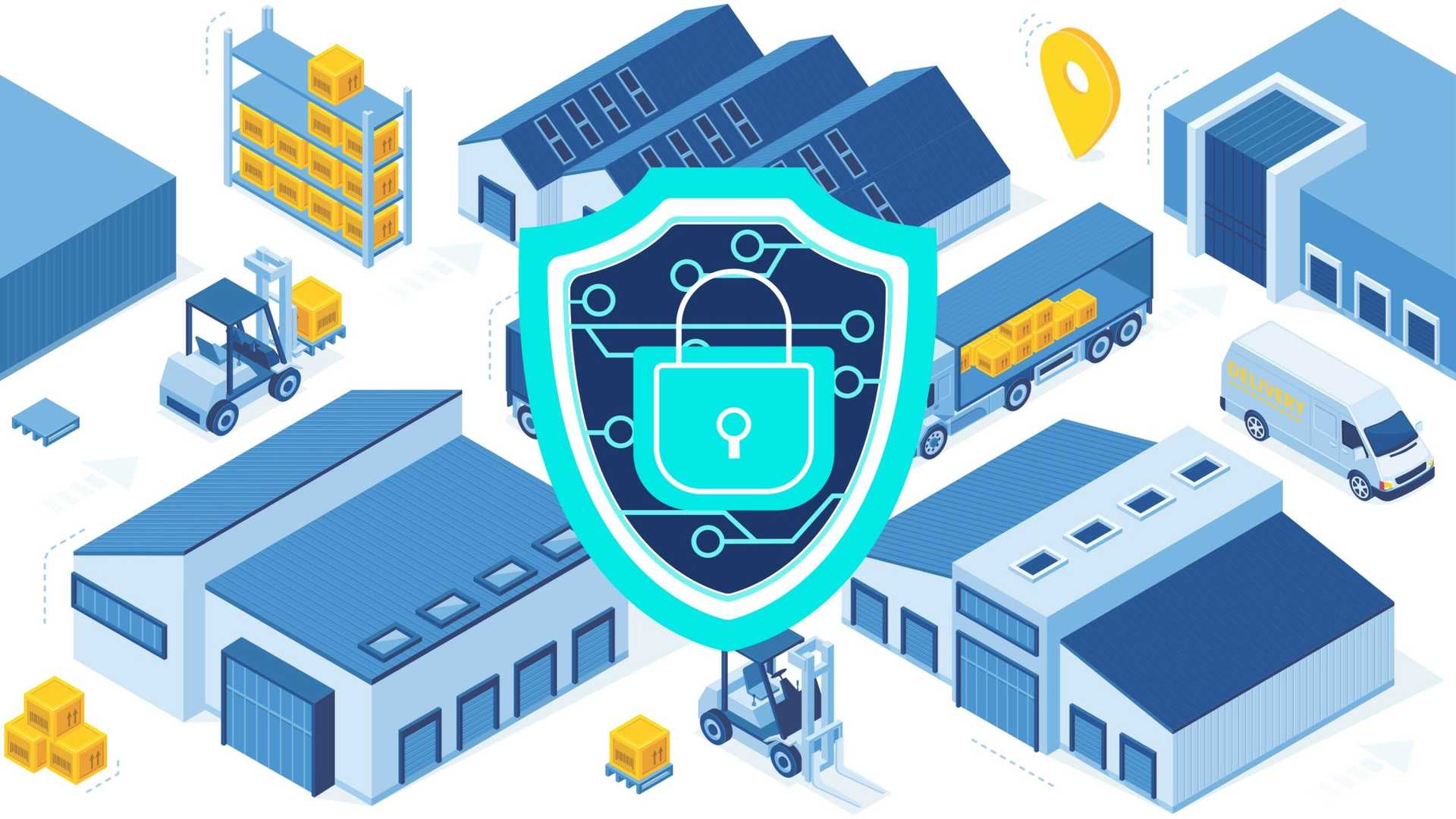
March 14, 2024
In today’s digital age, transportation logistics has changed, with technology playing a focal role in managing supply chains and improving routes. The security of our transportation systems is now crucial to this digital evolution.
As transportation networks rely more on interconnected systems and data-driven technologies, protecting them from cyber threats is not just about efficiency but a fundamental necessity for safety, reliability, and resilience.
In the face of these challenges, it becomes crucial to discover the best dispatch routing software for efficient logistics management. Going ahead, we will delve into the essential cybersecurity measures that strengthen the core of modern transportation logistics.
Understanding Cybersecurity in Transportation Logistics
In the field of transportation logistics, cybersecurity serves as a pillar of safeguarding operations against a wide range of threats. Modern transportation logistics are exposed to a variety of common cyber threats, such as ransomware attacks that cripple systems and data breaches that compromise sensitive information.
These incorporate malware infiltration, phishing attempts targeting personnel, and vulnerabilities in interconnected networks. Understanding these threats is paramount to implementing robust cybersecurity measures that sustain the flexibility of transportation logistics networks.
Thus, let us explore the complexities of protecting against these challenges to guarantee the trustworthiness and unwavering quality of transportation operations.
Essential Cybersecurity Measures for Transportation Logistics
In today’s interconnected world, implementing robust cybersecurity measures is fundamental to safeguarding transportation logistics networks. Here, we outline essential practices to strengthen these systems against cyber threats.
1. Implement strong authentication protocols
The most important line of defense against unauthorized access is having secure login credentials. Two-factor authentication (2FA) adds a layer of safety, expecting clients to check their identity through numerous means, significantly reducing the risk of credential theft.
Additionally, regularly reviewing and updating password policies further improves security by enforcing complex password requirements and periodic password changes.
2. Secure data encryption practices
Utilizing encryption for sensitive data, both in transit and at rest, guarantees that even if blocked, the data remains unintelligible to unapproved parties. Effective encryption key management is crucial for maintaining the integrity and confidentiality of encrypted data.
Additionally, implementing data loss prevention (DLP) measures will forestall unapproved access to and transmission of touchy data.
3. Network security and segmentation
Securing transportation logistics networks involves deploying firewalls, intrusion detection systems, and other security measures to safeguard against unapproved access and malignant activities.
Network segmentation improves security by dividing the organization into more modest, secluded fragments, restricting the effect of potential breaches. Regularly conducting network vulnerability assessments and penetration testing helps in the identification and correction of potential security flaws.
4. Regular software updates and patch management
It is essential to keep transportation logistics software up to date with the most recent patches to address vulnerabilities and reduce the likelihood that cyber attackers will exploit them. Automating patch management processes guarantees timely updates, reducing the window of exposure to potential dangers.
Furthermore, laying out a dedicated software inventory and global positioning system (GPS) or tracking system aids in quickly identifying and applying necessary patches across the organization’s software ecosystem.
5. Access control and role-based permissions
Unauthorized access and data breaches are minimized by restricting access to critical systems and data to authorized personnel. Role-based access control, or RBAC, ensures that users are granted access by following the roles and responsibilities within the organization.
Regularly reviewing and updating user access permissions in alignment with personnel changes and evolving business necessities improves the Security Act.
6. Incident response and disaster recovery planning
Organizations can quickly identify, respond to, and recover from cybersecurity incidents if they develop a robust incident response plan. In the event of data loss or corruption, critical data can be restored by implementing data backup and recovery mechanisms.
Conducting regular tabletop exercises and simulations improves preparedness for real-world cyber threats by validating and refining the incident response and the overall procedure for disaster recovery.
7. Employee training and awareness
Educating employees on cybersecurity best practices empowers them to effectively identify and mitigate potential threats. The organization’s overall resilience is improved, and proactive participation in cybersecurity measures is encouraged by fostering a culture of security awareness.
Plus, providing ongoing cybersecurity training and awareness programs customized to different roles and responsibilities helps reinforce security behaviors and instill a collective responsibility for cybersecurity across the organization.
By implementing these essential cybersecurity measures, transportation logistics organizations can reinforce their defenses against cyber threats, guaranteeing the integrity, reliability, and security of their operations.

Emerging Trends in Cybersecurity
As technology continues to evolve, so do the strategies and tools employed by cybercriminals. Accordingly, cybersecurity professionals must stay ahead of emerging trends to effectively defend against threats.
Artificial intelligence (AI), blockchain, and quantum computing are three prominent technologies that have the potential to transform cybersecurity.
- With its capacity to analyze vast amounts of data and identify patterns, artificial intelligence is increasingly being used for threat detection and response. It enhances the efficiency and accuracy of cybersecurity systems by recognizing anomalies and expected breaches in real time.
- Blockchain technology is ideal for securing data exchanges and transactions due to its decentralized and immutable ledgers. Its tamper-resistant nature enhances the integrity and transparency of digital assets and transactions, diminishing the risk of extortion and data manipulation.
- Quantum computing, although still in its infancy, holds the possibility to disrupting conventional encryption strategies. While it offers exceptional computing power, it also presents new challenges for cybersecurity, requiring the development of quantum-resistant encryption algorithms.
The integration of these technologies into cybersecurity systems will shape the future of web application security, enabling more robust defense against shifting threats.
Final Words
In conclusion, ensuring robust cybersecurity measures in modern transportation logistics is crucial for safeguarding sensitive data, maintaining operational integrity, and safeguarding against cyber threats. By implementing strong authentication, data encryption, and network segmentation, transportation operations can reinforce protections against cyber attacks.
It’s important to recognize that cybersecurity is a continuous cycle that requires continuous improvement and adaptation to emerging threats. Therefore, organizations should stay careful, routinely update their security conventions, and invest in employee training and awareness programs.
Therefore, let’s collaborate to build a robust cybersecurity framework that safeguards our sector and builds trust among all stakeholders.
Recent Posts

August 27, 2025
How to Find the Right Learning Path When You’re Switching to a Tech Career
See post

August 27, 2025
The Hidden Challenges in Software Development Projects: Key Insights from Our Latest Survey
See post

August 22, 2025
Developer News This Week: AI Speed Trap, GitHub Copilot Agents, iOS 26 Beta Updates & More (Aug 22, 2025)
See post